Soldiers from the Leuchars-based Royal Scots Dragoon Guards (SCOTS DG) are in Romania where they have been taking part in a major exercise designed to protect Europe from Russia.
The largest North Atlantic Treaty Organisation exercise of the year, Steadfast Dart 25 (STDT25), has been taking place under the command of the UK armed forces.
Over 10,000 troops from nine NATO allies have been conducting manoeuvres in Romania, Bulgaria and Greece.
This is the first exercise of this scale under the new Allied Reaction Force (ARF), which was created last year in response to the ongoing Russian aggression in Ukraine and the strengthening of the Alliance’s eastern flank.
The exercise has involved hundreds of military vehicles, aircraft and ships.
Courier senior features writer Michael Alexander is in Romania to gain an insight into the role of SCOTS DG and 4 Scots. The latter traditionally recruit from Aberdeen, Aberdeenshire and the Highlands.
On Wednesday, Michael was amongst dozens of international journalists who attended a war simulation, designed to show off how NATO’s allied forces work together as a deterrent.
Why is the NATO exercise involving Leuchars soldiers significant?
This is the first major test of the ARF, which has only been in place since last summer and is the Alliance’s direct response to the tense security situation in Europe.
A large-scale simulation of a possible attack from the east has been conducted across the countries at the south-eastern end of the NATO Alliance.
The troops have had at their disposal over 1,500 pieces of ground military equipment, including tanks, self-propelled howitzers, infantry fighting vehicles and armoured personnel carriers.
It has also involved 20 aircraft (including Eurofighter Typhoon and F-16 fighters), as well as 17 vessels such as amphibious landing ships, frigates and submarines.
The British have had the largest share of the exercise, sending over 2,600 people and more than 700 military vehicles, including Foxhound and Jackal vehicles.
Leuchars commanding officer explains significance of NATO exercise
Speaking to The Courier ahead of the exercise, Leuchars-based Royal Scots Dragoon Guards commanding officer Lieutenant Colonel Ben Parkyn, explained the significance of their deployment.
“There’s two bits of Europe that are geographically important and strategically important for NATO and Russia,” he said.
“The first bit is the Suwalki Gap which is the gap between Kaliningrad, the Russian oblast, and Lithuania/Belarussia.
“The second bit is the Focșani Gate which is if you are coming through Ukraine/Moldova, that’s the access point south.
“SCOTS DG has done exercises in both.
“Last year, as part of Exercise Steadfast Defender, which was the biggest NATO exercise since the end of the Cold War, we went across to Poland to the Suwalki Gap.
“This exercise now is effectively like part two in the south.”
Russian invasion of Ukraine in 2022 was ‘wake-up call’ for NATO
Exercise Steadfast Dart was organised in 2024, long before the current focus on US President Donald Trump and his views on NATO.
However, with the third anniversary of Russia’s full scale invasion of Ukraine upon us, Lieutenant Colonel Parkyn said there was no doubt that the events of February 2022 had been a wake-up call for NATO powers.
He said: “Going back to the end of the Cold War, a bunch of assumptions were made – and everyone was hugely positive – that this was going to be the end of history, the end of conflict.
“But it didn’t quite turn out that way, and we’ve gone more towards the clash of civilisations, the realists’ view of international relations.
“That has had a direct impact on what defence is doing.
“During the counter insurgencies in the Middle East where we were very much focussed on Iraq and Afghanistan, defence and the Army and our regiment, changed its shape to suit the requirements of that.
“Now defence has had to adjust back to conventional war fighting, and that takes a period of adjustment.”
Why ‘proximity matters’ when it comes to perception of defence in Europe
Lieutenant Colonel Parkyn said you can “feel the threat” from Russia when deploying to eastern Europe.
But when it comes to issues of defence spending in the UK, it can be difficult to get the message over to the public that the threat is real because “proximity matters”.
He went on: “When I was on deployment in 2018 in Poland, it was the old people that would come up to you and shake you by the hand, because they knew what it was like under Soviet occupation and they remember that.
“When I deployed in early 2024, it was young people coming up because they are frightened.
“And you are seeing that reflected in defence spending in Poland. They are weaponizing at speed and at scale.
“The intelligence feeds which I can’t really talk about in Romania are much much higher than our previous deployment to Poland. Again it’s on proximity.
“A while ago, a Russian drone landed about half an hour away from where we are exercising.
“It overshot Ukraine and landed in Romania. So the threat is very real and very close on this deployment.
“As part of our contribution to NATO and the Article 5 defence – an attack on one is an attack on all – this is a really important part of the UK demonstrating its role in that and the fact it’s got skin in the game, even though we are not necessarily as close to the threat.”
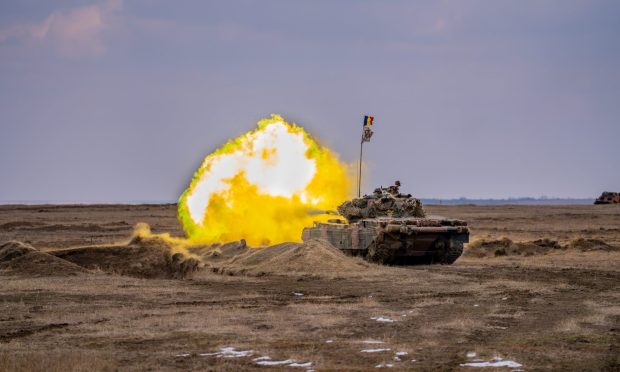








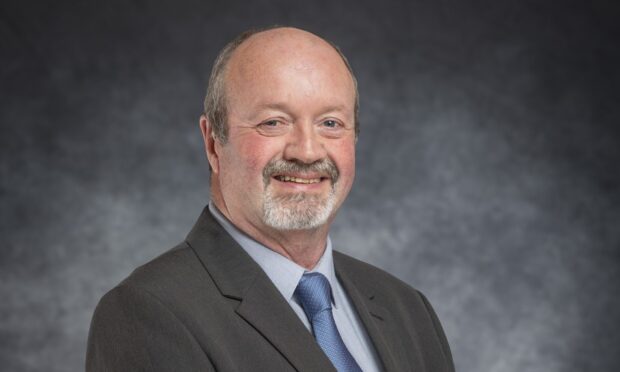
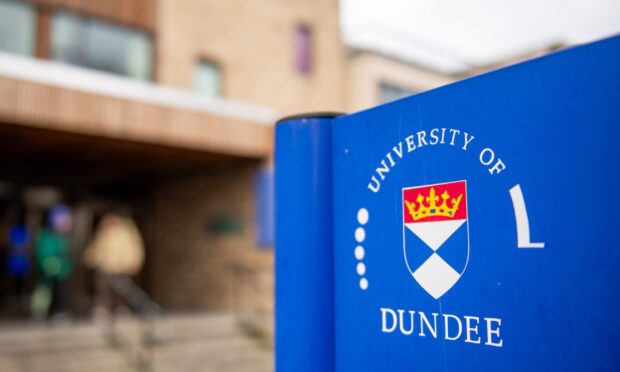
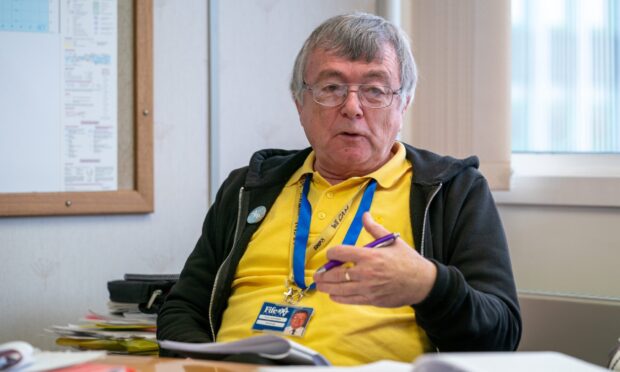
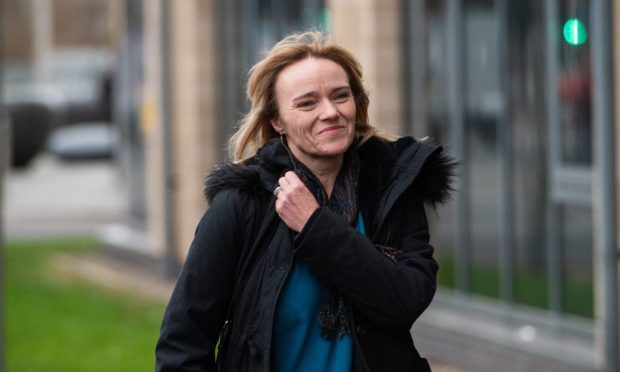
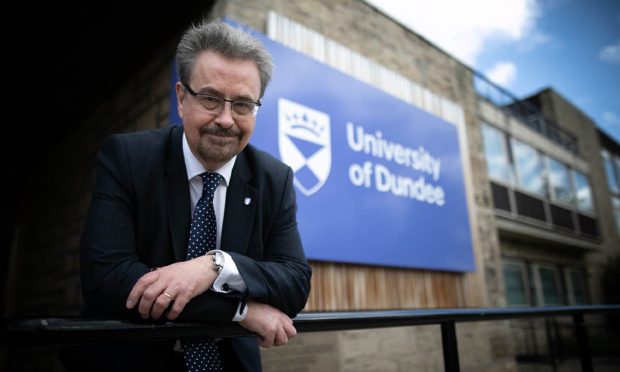


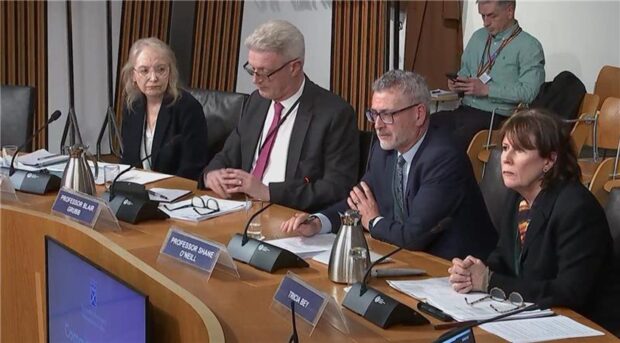
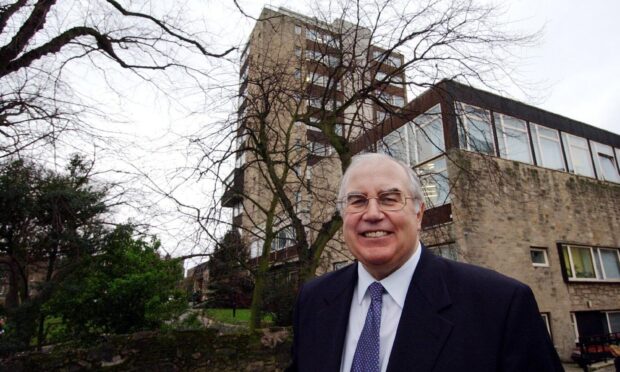
Conversation